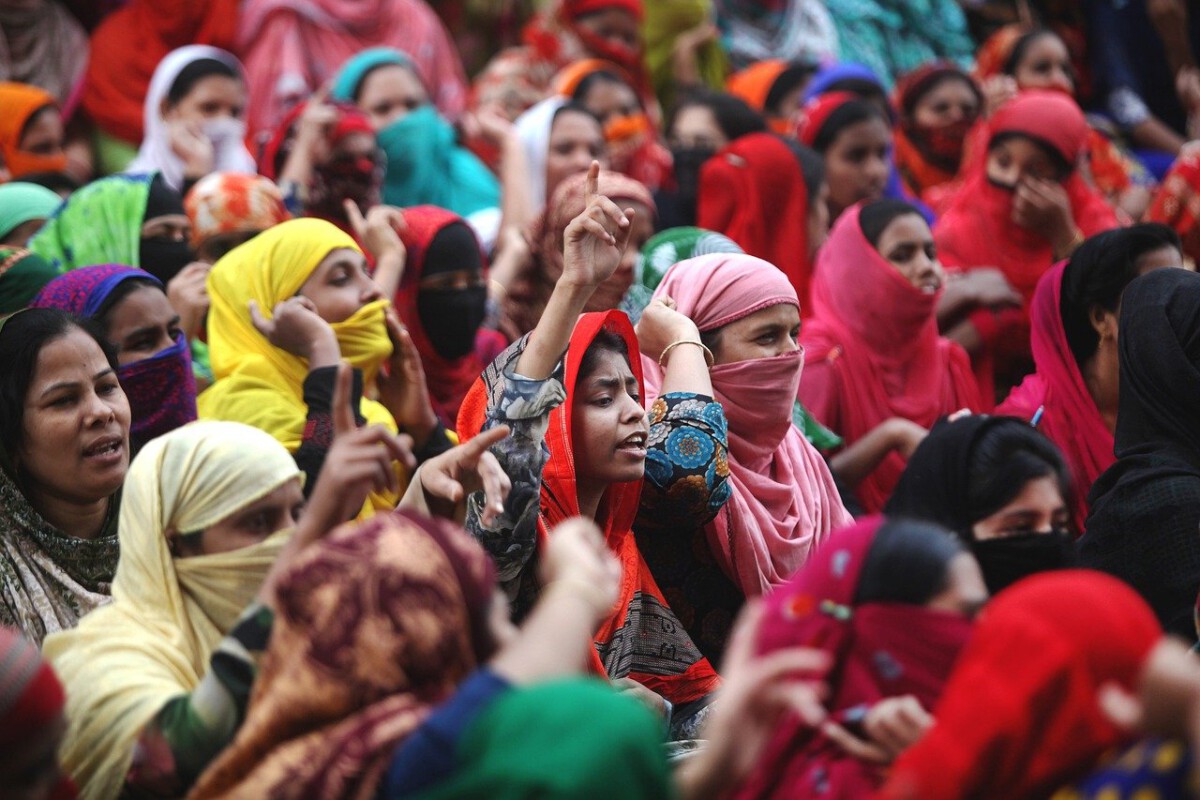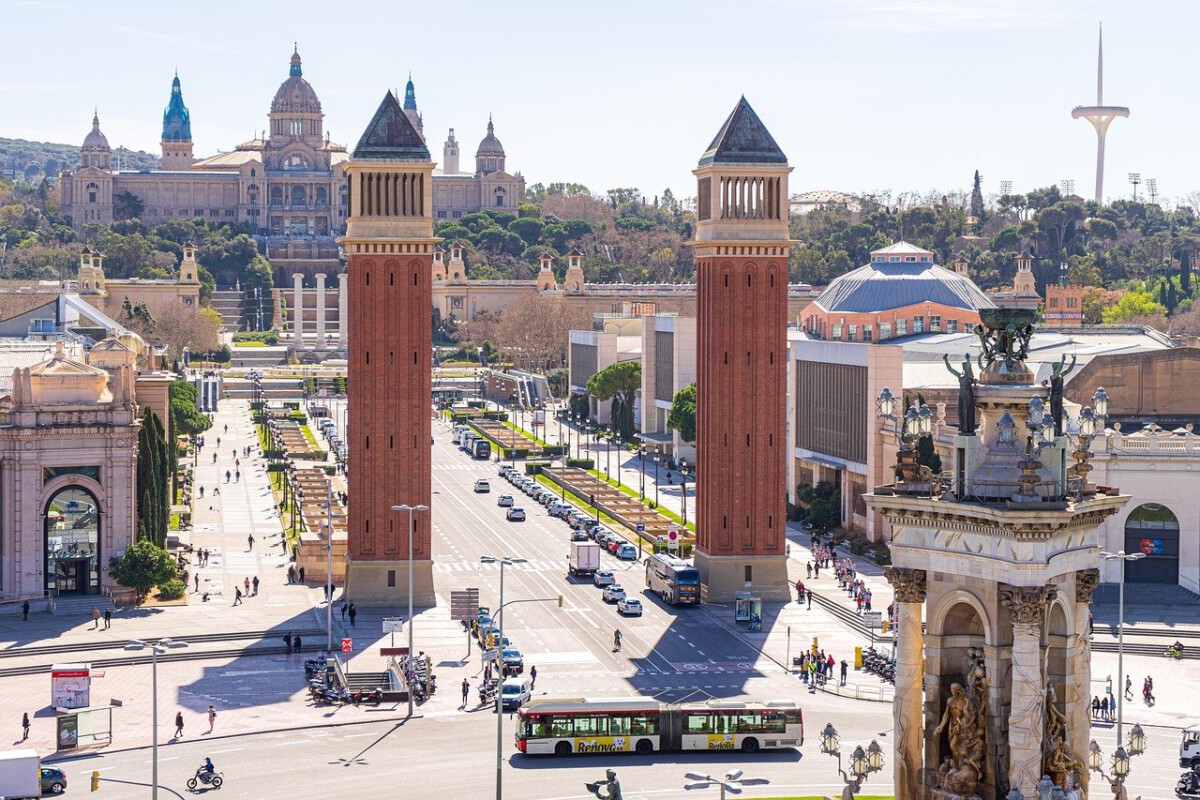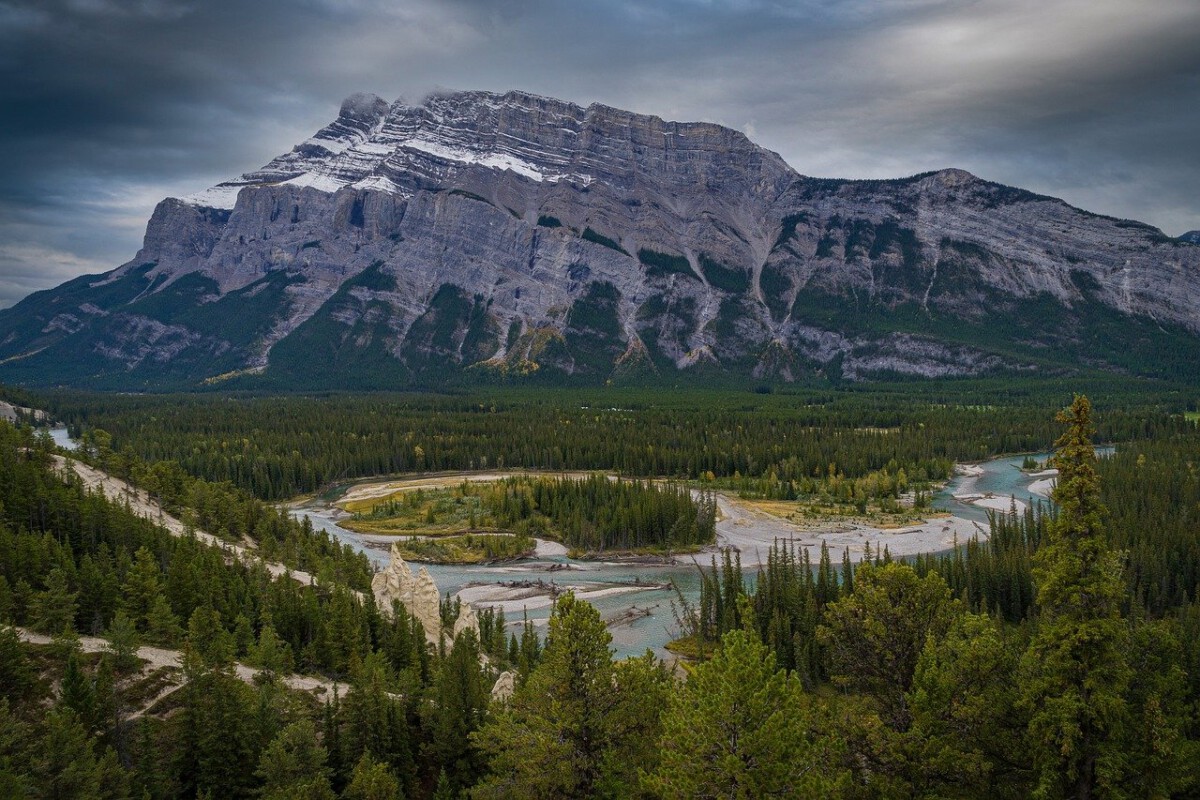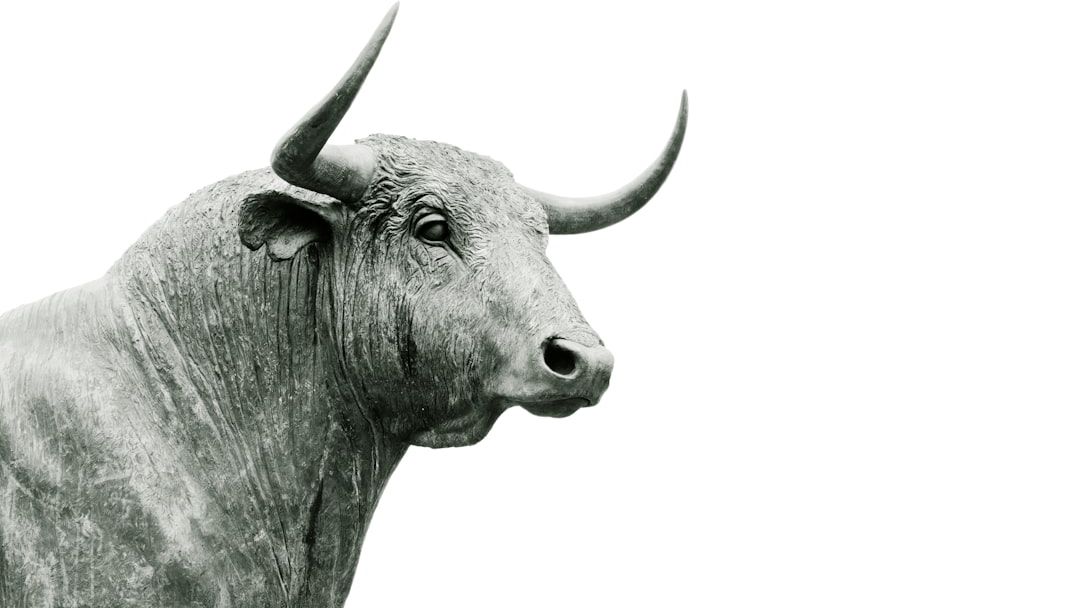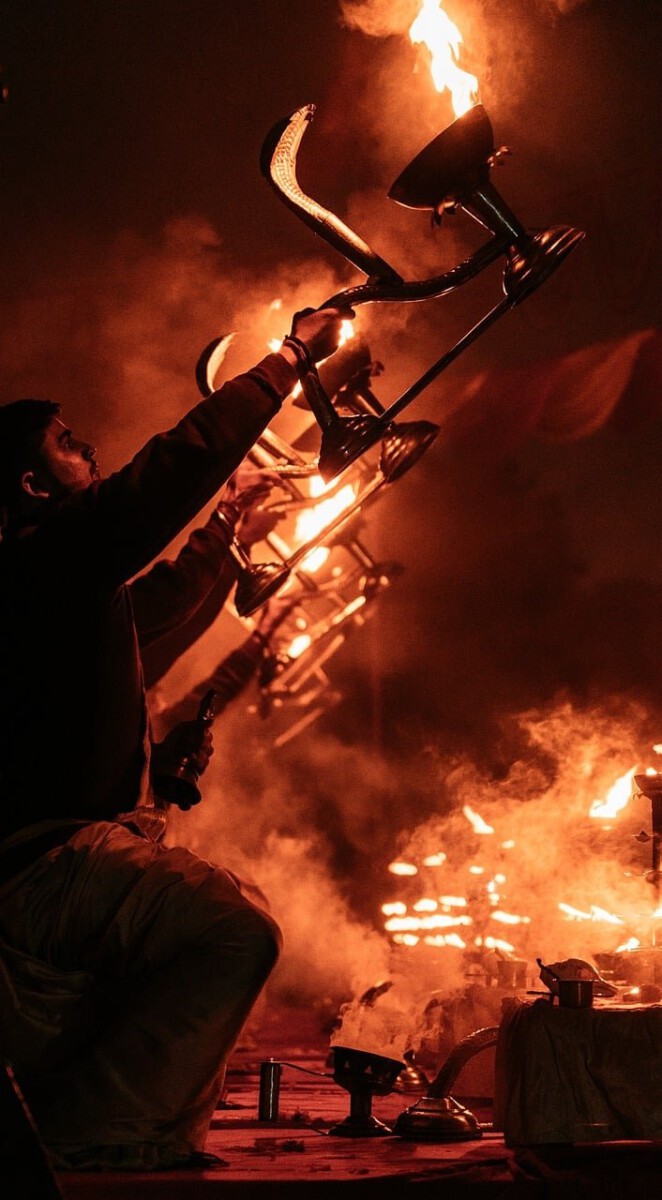Demographics and Population
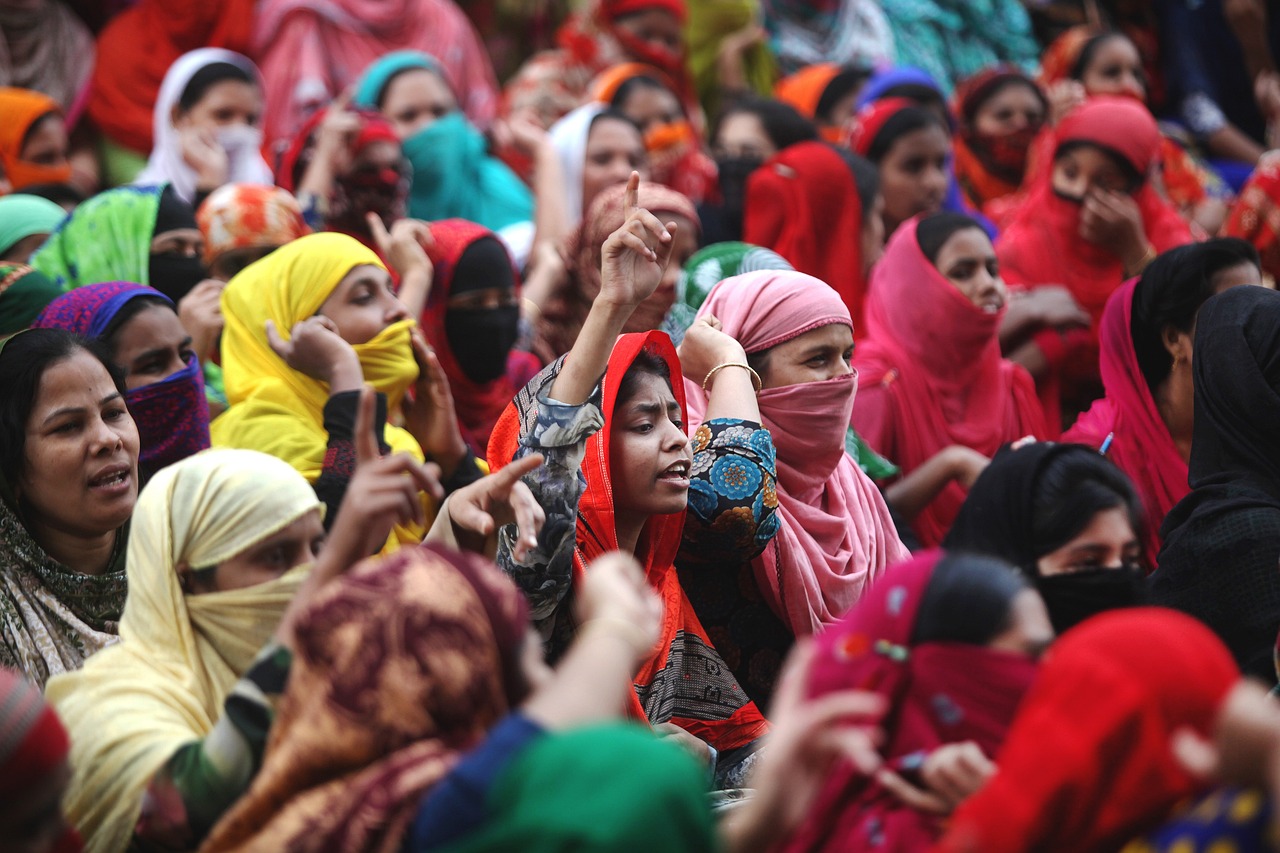
Bangladesh stands as one of the most densely populated nations on the globe, with over 170 million people calling it home in 2025. The country’s density is astonishing, averaging 1,265 individuals per square kilometer—imagine a sea of people everywhere you go. Dhaka, the capital, is a bustling metropolis, teeming with approximately 20 million residents and growing every day. Nearly half the population is under 25, creating a society that vibrates with youthful energy and ambition. This young demographic is both a blessing and a challenge, offering huge potential for innovation but also putting immense pressure on the education and employment systems. Urban growth is accelerating as more people move to cities seeking better opportunities, dramatically changing traditional lifestyles and family structures. These shifting dynamics are setting the stage for new social norms and economic realities. The World Bank reports a steady population growth rate of 1.1% annually, highlighting the urgency for robust planning and services.
Economy and Employment

Bangladesh’s economy has shown remarkable resilience, boasting a GDP growth rate of 6.5% in 2025 despite global uncertainties. The heart of the economy is the garment industry, which accounts for over 80% of national exports and employs close to 4 million people, most of whom are women. Agriculture, while still crucial, now employs about 40% of the workforce but contributes less to the GDP than before. The country is making strides in diversifying its economy, with information technology and pharmaceuticals emerging as promising sectors. Unemployment remains relatively low at 4.2%, yet underemployment is a persistent problem, especially among the youth. The expansion of microfinance has empowered many in rural areas to start their own businesses, shifting the economic landscape. Government initiatives focusing on skill development and vocational training are beginning to address employment gaps. This economic transformation is creating both exciting opportunities and fresh challenges for millions.
Education System
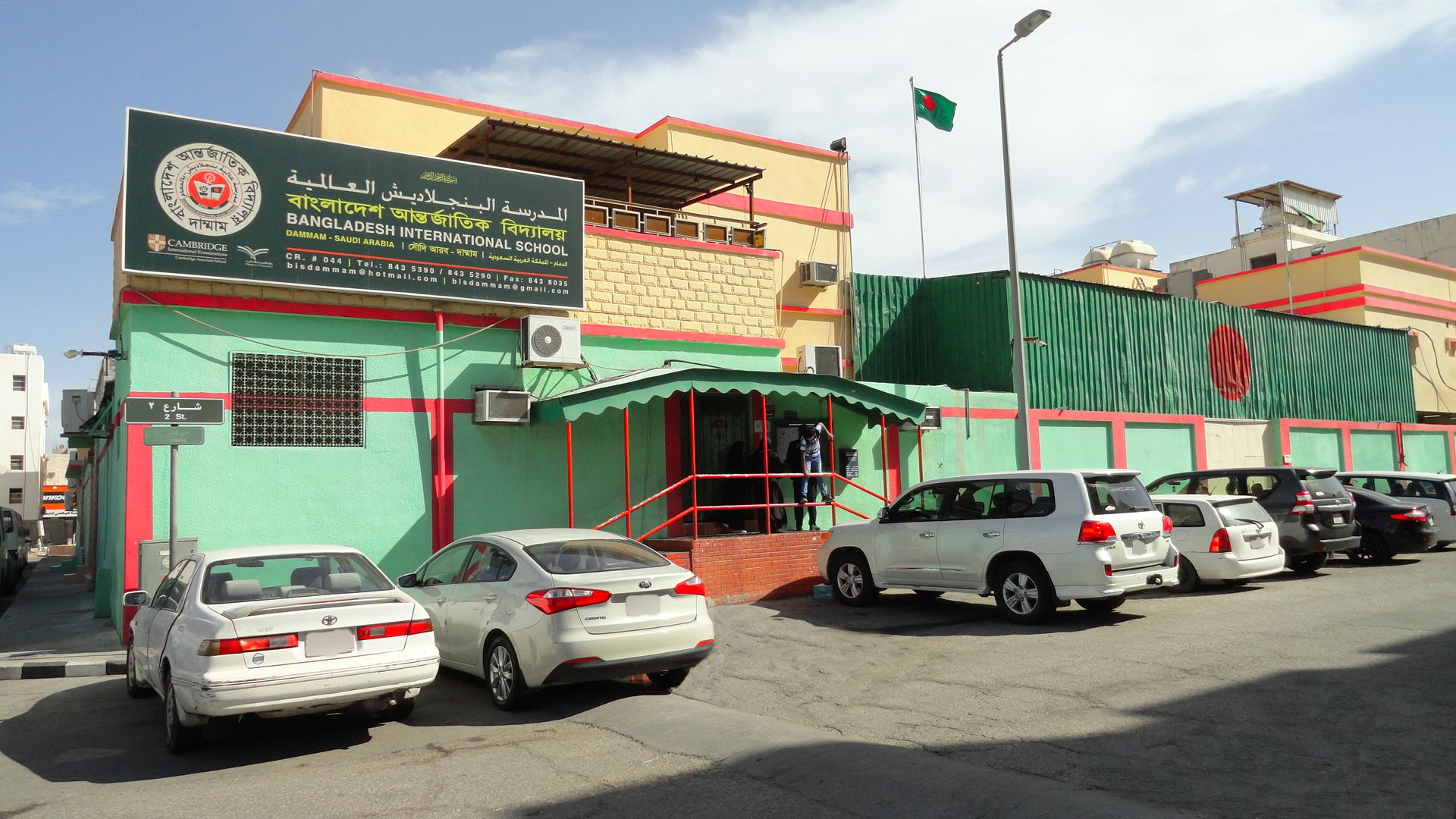
Education in Bangladesh has undergone significant change, with the literacy rate climbing to 74% this year. The government has made primary education both free and compulsory, resulting in higher enrollment rates, particularly among girls. Yet, the country still struggles with high dropout rates, especially in rural regions where resources and qualified teachers can be scarce. The curriculum is primarily delivered in Bengali, though English is increasingly present in urban schools, reflecting the push for global competitiveness. Private universities are multiplying, offering more options for higher education and drawing in students eager for specialized degrees. STEM education is receiving more attention, aiming to prepare the younger generation for a technology-driven job market. Despite these improvements, many schools face challenges such as outdated infrastructure and insufficient training for teachers. Continued investment and reform are seen as key to unlocking the full potential of Bangladesh’s vibrant youth.
Healthcare Access and Challenges
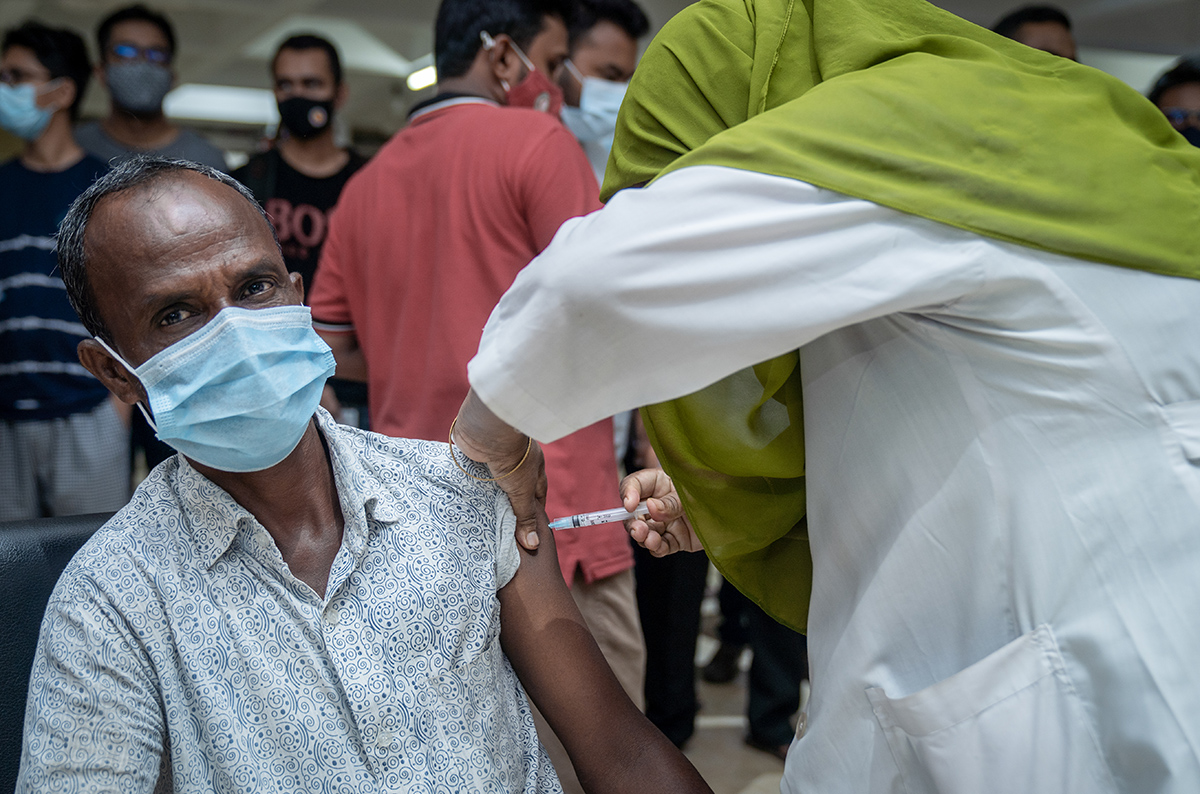
Life expectancy in Bangladesh has risen to about 73 years in 2025, a testament to ongoing improvements in healthcare. Public health campaigns have made significant strides, especially in reducing maternal and child mortality rates through vaccination and nutrition programs. However, rural areas still face severe shortages of clinics, doctors, and essential medicines, making quality healthcare a daily struggle for millions. The private healthcare sector is expanding rapidly in urban centers but is often unaffordable for the majority of the population. Mental health is slowly gaining attention, but stigma and a lack of professionals remain significant barriers. Government reforms are focusing on building more resilient health systems and expanding insurance coverage. The hope is that better healthcare will translate into a stronger, healthier society.
Culture and Traditions
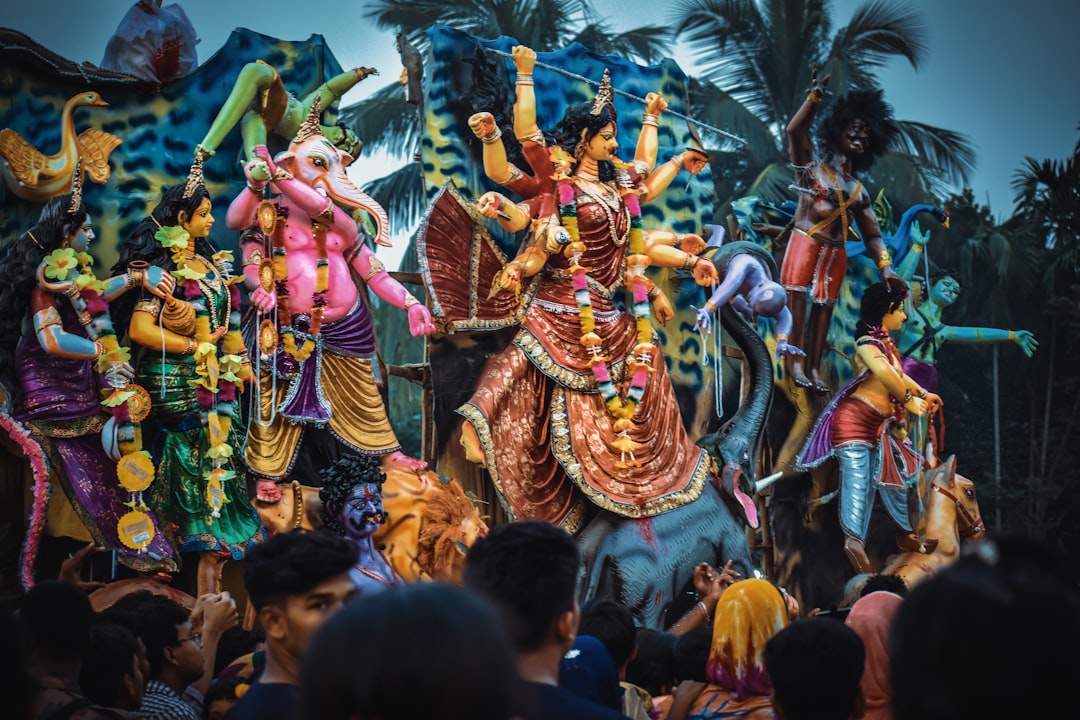
Bangladesh is rich in cultural diversity, blending influences from its many ethnic groups, religions, and historical eras. Islam is the dominant faith, shaping daily life and community events, but Hinduism, Buddhism, and Christianity also play visible roles, especially during colorful festivals like Eid, Durga Puja, and Buddha Purnima. Bengali literature and poetry, championed by icons such as Rabindranath Tagore, are sources of national pride, inspiring generations. The country’s music, from folk Baul songs to contemporary pop, fills the air during celebrations and gatherings. Traditional crafts like weaving, embroidery, and pottery are still practiced, preserving ancient skills while supporting local economies. Food is an essential part of Bangladeshi life, with rice and fish forming the backbone of most meals, often flavored with aromatic spices and herbs. Art galleries and theaters are flourishing, reflecting a rising interest in contemporary creativity. These cultural threads weave together to form a vibrant and resilient national identity.
Urbanization and Infrastructure

Urbanization is transforming Bangladesh at a breathtaking pace, with the urban population expected to reach 50% by 2030. Cities like Dhaka and Chittagong are expanding rapidly, creating both opportunities and enormous challenges for infrastructure. Traffic jams are a daily ordeal, with public transport lagging behind the needs of a growing city population. Major infrastructure projects, such as the Dhaka Metro Rail, are underway to address congestion and improve connectivity. Poor waste management and sanitation are ongoing problems, particularly in informal settlements where many new arrivals live. Housing shortages are widespread, leading to the rise of slums and makeshift communities on the city’s fringes. Authorities are working on urban planning strategies to make cities cleaner, safer, and more sustainable. The speed and scale of change in urban life are reshaping how people live, work, and connect.
Environment and Climate Change
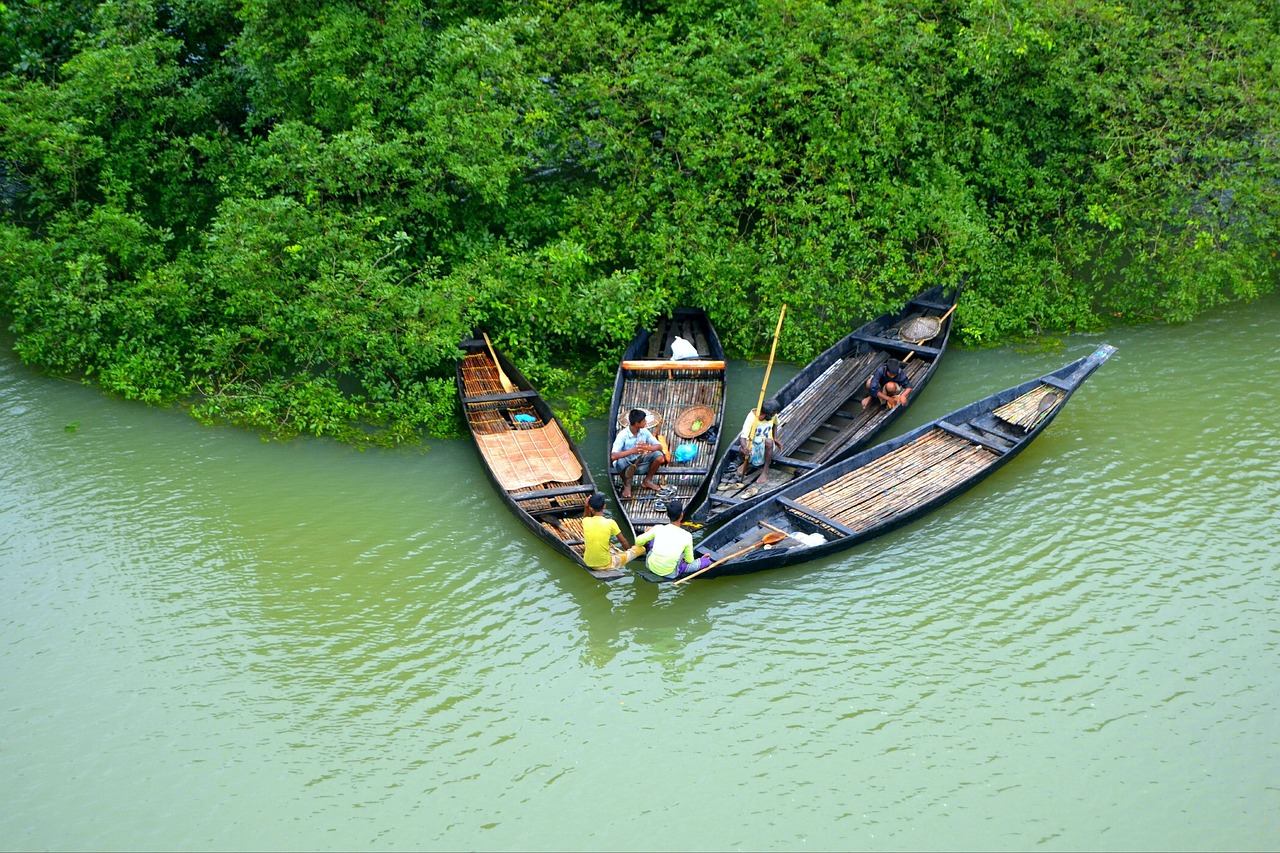
Bangladesh is on the front lines of climate change, facing some of the world’s most severe environmental threats. Rising sea levels, driven by global warming, are causing regular flooding and displacing entire communities, especially along the southern coast. Cyclones and riverbank erosion add to the hardship, with millions affected every year by extreme weather events. The government has responded by constructing embankments, promoting mangrove reforestation, and investing in early warning systems to save lives. The Sundarbans mangrove forest, a UNESCO World Heritage site, acts as a crucial barrier against storms but is itself threatened by deforestation and pollution. Renewable energy initiatives, such as solar power in rural villages, are being promoted to reduce carbon emissions and dependence on fossil fuels. There is a growing culture of community participation in environmental protection, with local groups leading conservation projects. The urgent environmental situation is a powerful reminder of the need for ongoing adaptation and international support.
Technology and Innovation
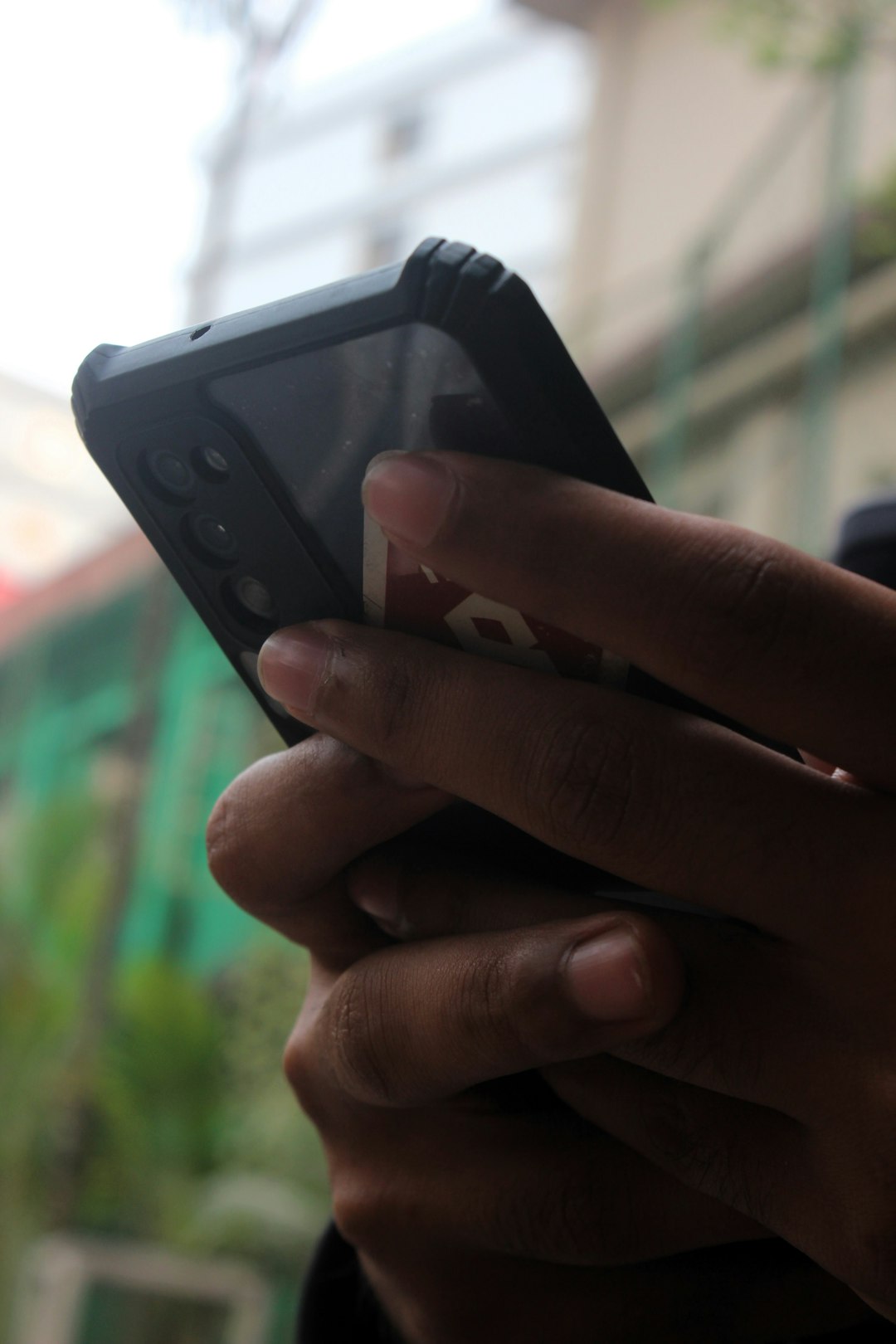
Technology is rapidly changing the face of Bangladesh, with digital transformation reaching even remote villages. Over 100% mobile penetration means that nearly everyone owns at least one mobile phone, making digital services widely accessible. Startups are rising in Dhaka and other cities, focusing on everything from e-commerce and ride-sharing to health tech and education platforms. The government’s investment in ICT infrastructure is connecting more people to the internet, though rural areas still face connectivity challenges. Fintech has exploded, revolutionizing banking for millions who previously had no access to formal financial services. Online learning platforms are making education more flexible and inclusive, especially during emergencies or school closures. Innovation hubs and accelerator programs are nurturing a new generation of entrepreneurs. Despite these advances, digital literacy and access to high-speed internet remain uneven, requiring further investment.
Social Issues and Gender Equality
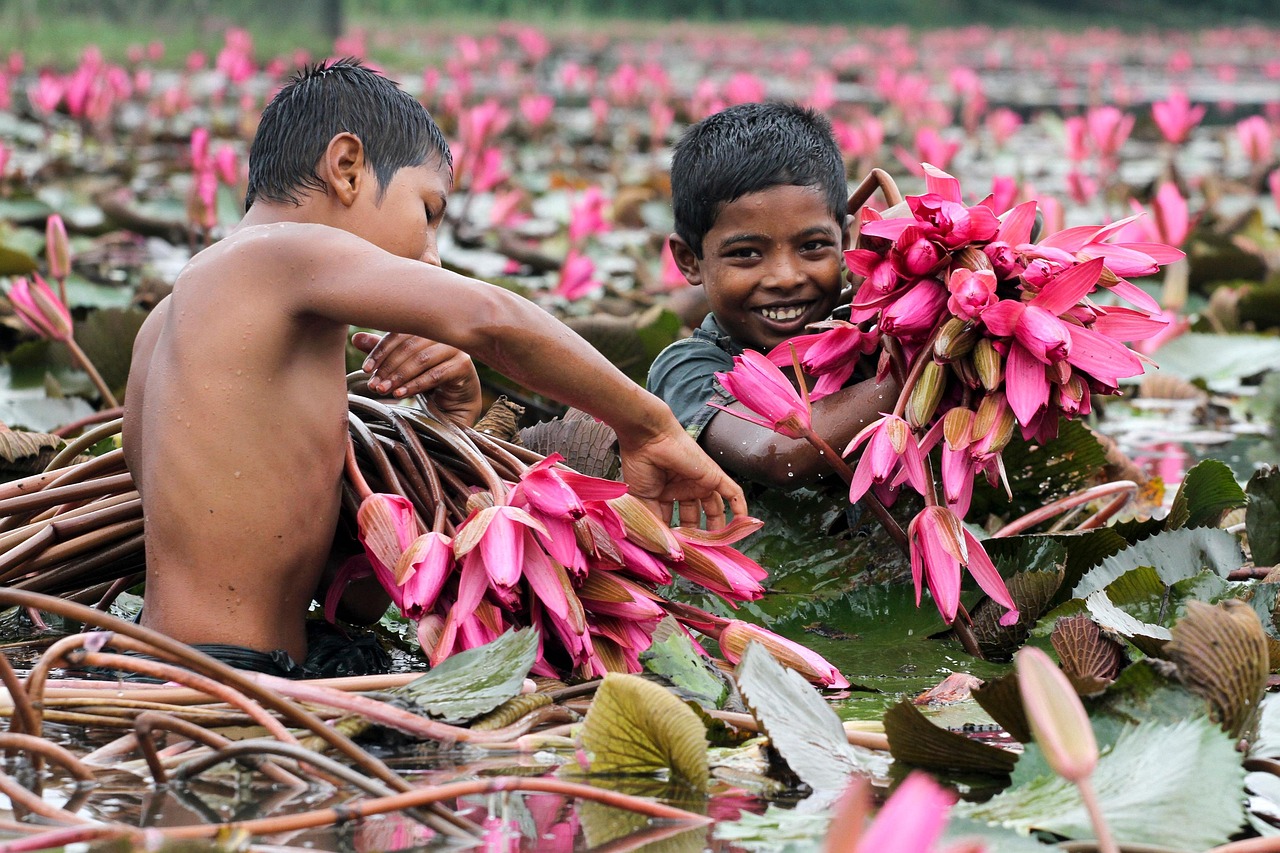
Bangladesh continues to grapple with deep-rooted social issues, including poverty, inequality, and gender-based violence. About 20% of the population lives below the poverty line, with rural areas particularly hard-hit by economic hardships and limited access to essential services. Efforts to empower women are bearing fruit, with more girls attending school and women entering the workforce in greater numbers, especially in the garment industry. Laws and policies aimed at protecting women’s rights are in place, but cultural attitudes and weak enforcement often limit their effectiveness. Gender-based violence and child marriage persist, though awareness campaigns and NGO interventions are making a difference. Social safety nets, such as cash transfer programs, are helping vulnerable families survive economic shocks. Civil society groups are playing a crucial role in pushing for reforms and supporting marginalized communities. Achieving true gender equality remains a work in progress, but the momentum for change is strong.
Future Prospects and Challenges
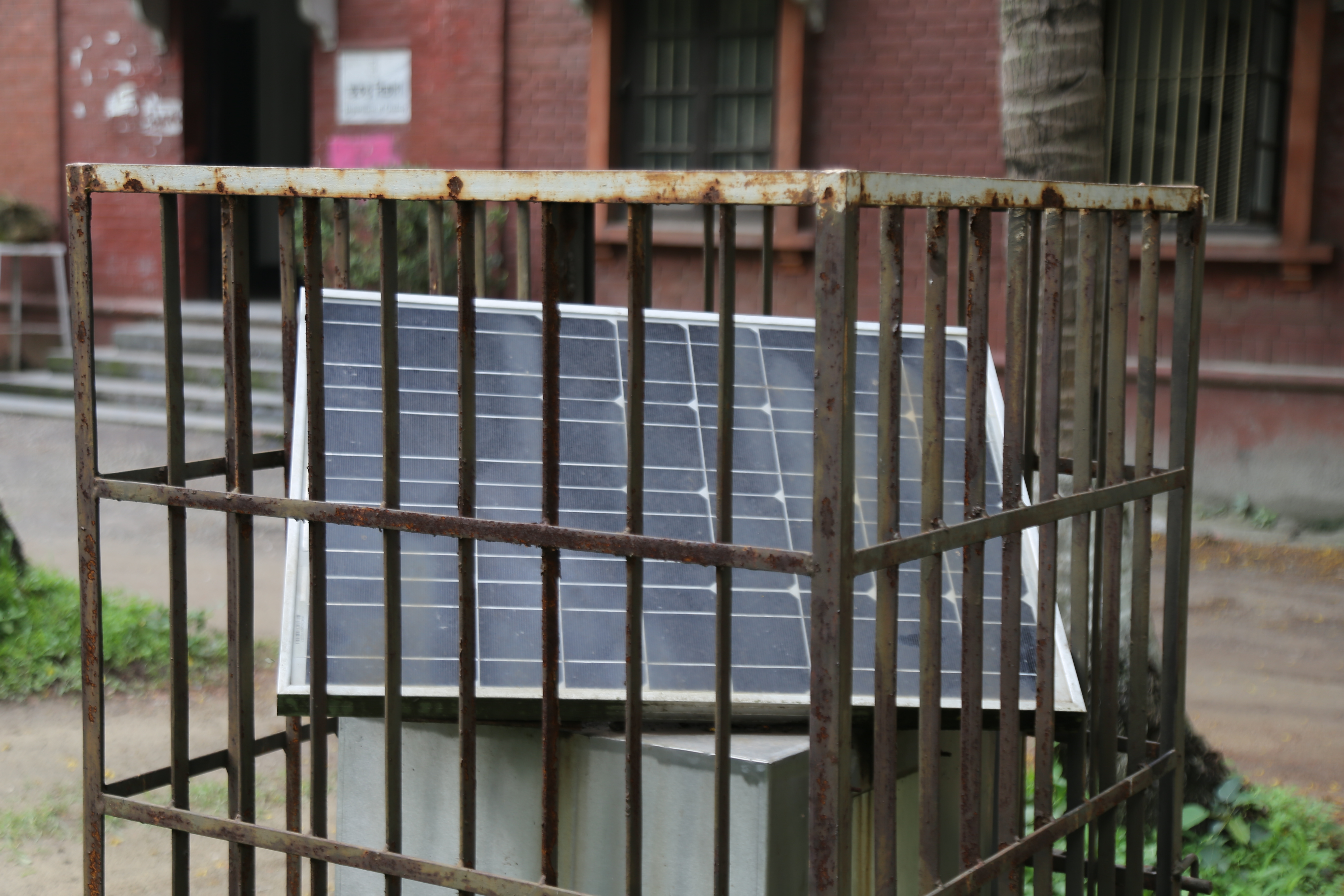
Bangladesh stands at a crossroads, aiming to achieve middle-income status by 2031 and lift millions out of poverty. The government’s vision includes sustainable growth, improved education, and resilient infrastructure, but significant obstacles lie ahead. Climate change, urban congestion, and inequality are pressing issues that demand urgent action and innovative solutions. The youth population offers immense potential for economic dynamism, provided they receive the education and opportunities needed to thrive. International partnerships are expected to play a big role in financing development and sharing knowledge. Investments in renewable energy, technology, and social welfare are seen as essential for long-term progress. Policymakers are focusing on inclusive growth, striving to ensure that benefits reach every corner of the country. The path forward is challenging, but the determination and adaptability of the Bangladeshi people continue to drive hope and progress.

